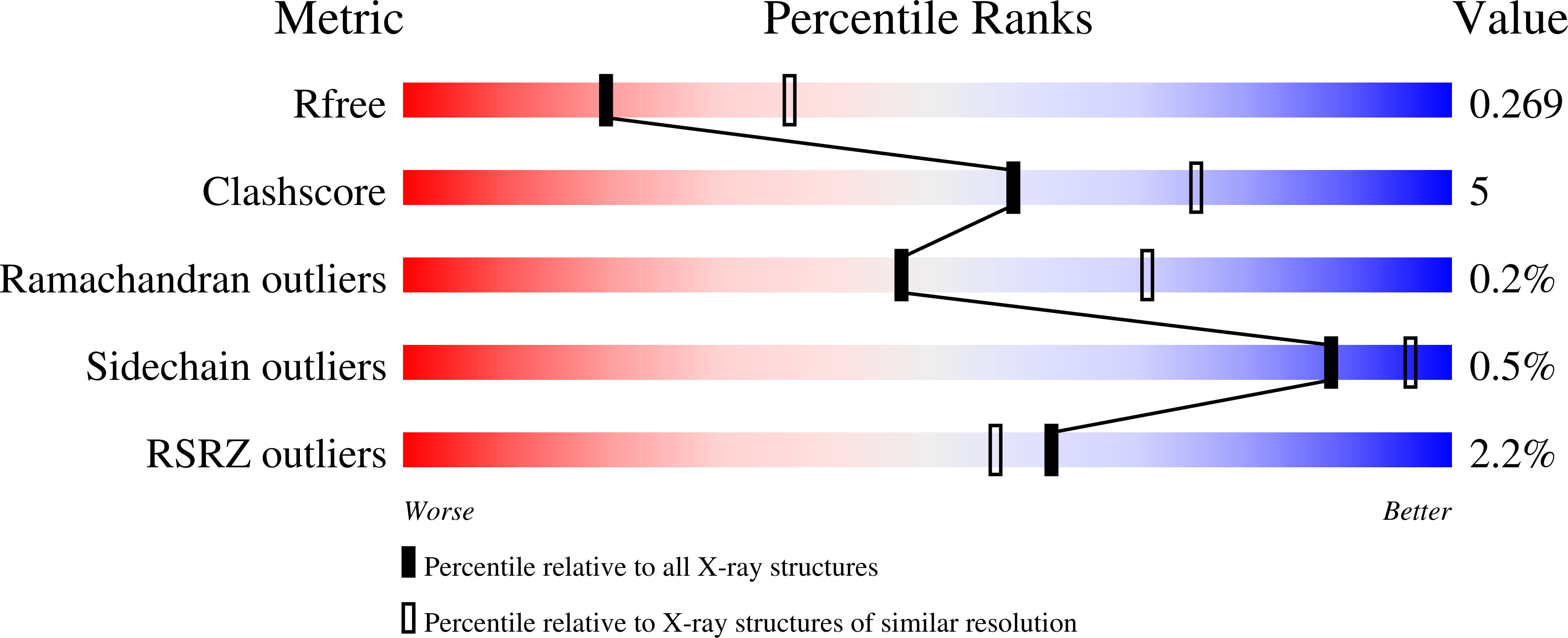
Deposition Date
2021-03-08
Release Date
2022-08-17
Last Version Date
2023-10-25
Entry Detail
PDB ID:
7LYX
Keywords:
Title:
Crystal structure of human CYP8B1 in complex with (S)-tioconazole
Biological Source:
Source Organism:
Homo sapiens (Taxon ID: 9606)
Host Organism:
Method Details:
Experimental Method:
Resolution:
2.60 Å
R-Value Free:
0.26
R-Value Work:
0.21
R-Value Observed:
0.21
Space Group:
P 21 21 21


